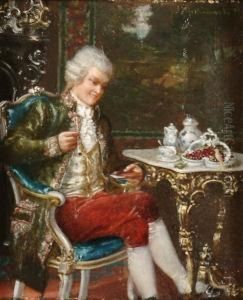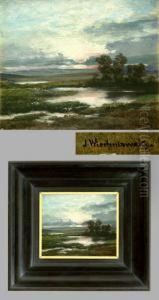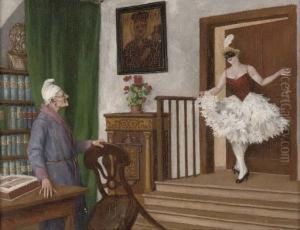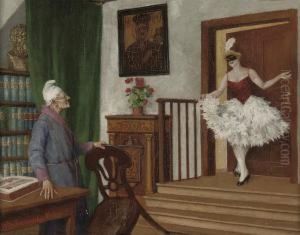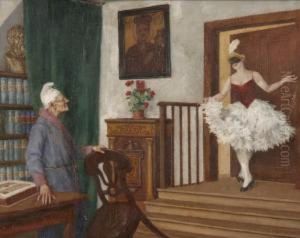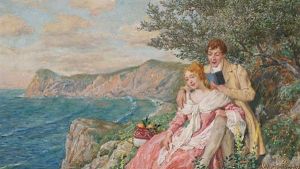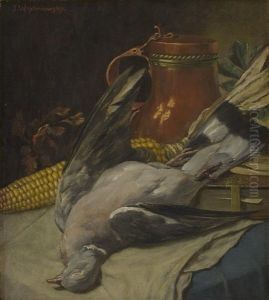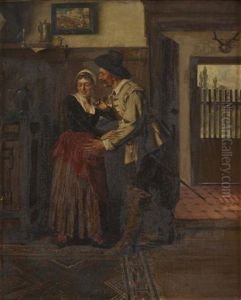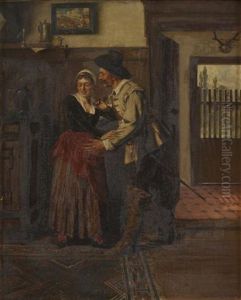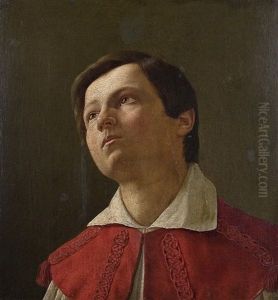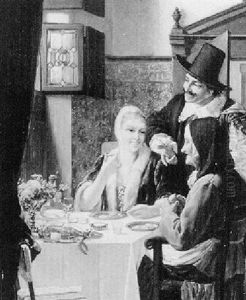Josef Wischniowsky Paintings
Josef Wischniowsky was a German painter and graphic artist known for his abstract and expressive works. He was born on February 2, 1921, in Nikolsburg, Czechoslovakia (now Mikulov, Czech Republic). His early life was marked by the turmoil of World War II, which influenced his later artistic themes.
Wischniowsky's artistic journey began with an apprenticeship as a church painter before he went on to study at the Academy of Fine Arts in Prague. His education was interrupted by the war, but he later continued his studies after moving to Germany. Settling in the Franconian city of Nuremberg, he became an important member of the local art scene and was associated with the post-war art movements that sought to process the experiences of the war and its aftermath through art.
Throughout his career, Wischniowsky experimented with various styles and techniques. He initially engaged with representational art but gradually moved towards abstraction. His abstract works often featured bold colors and dynamic compositions, reflecting an interest in the emotional and psychological aspects of color and form. He was adept in both oil painting and graphic arts, with a body of work that includes etchings, woodcuts, and lithographs.
Wischniowsky's contributions to the art world were recognized with numerous exhibitions both in Germany and abroad. He was a recipient of various awards and honors for his work, which has been collected by many public and private institutions. Josef Wischniowsky remained active in the art community until his later years, and his legacy continues to influence contemporary artists.
Josef Wischniowsky passed away on December 25, 2015, leaving behind a rich and diverse oeuvre that continues to be studied and appreciated for its emotional depth and artistic innovation. His works are a testament to his lifelong dedication to exploring the possibilities of art as a means of expressing the human experience.
